Ever thought about the impact of our society’s reliance on convenience? Single-use products play a prominent role in our everyday lives. From coffee cups and plastic grocery bags to disposable utensils, these items bring convenience and reportedly affordable solutions to our fast-paced lifestyles. However, the real cost behind these objects—those of environmental damage, economic implications, and social injustices—often goes overlooked.
To truly comprehend and confront these costs, we need to redefine our relationship with single-use items. Consider, for example, how frequently we rely on disposable coffee cups. Every day, the United States alone uses a staggering 120 million disposable cups, most of which end up in landfills. This is but a single statistic that exhibits the alarming scale of ground pollution spurred by such products.
We don’t need a handful of people doing zero waste perfectly. We need millions of people doing it imperfectly.
Anne Marie Bonneau
Understanding the costs associated with single-use products isn’t only about environmental responsibility. It’s also about understanding the economic imbalance. The manufacture of these products requires significant resources, leading to higher costs and damaging economic effects down the line. Also, the single-use culture perpetuates an imbalanced distribution of wealth and resources, affecting disadvantaged communities most severely.
The cost of our disposability culture necessitates our attention and action. By understanding the magnitude and implications of these costs, you can take tangible steps towards sustainable alternatives and contribute to a healthier planet and society. So, let’s dig deeper into the hidden costs of single-use products. Are you ready to rethink your consumption habits?
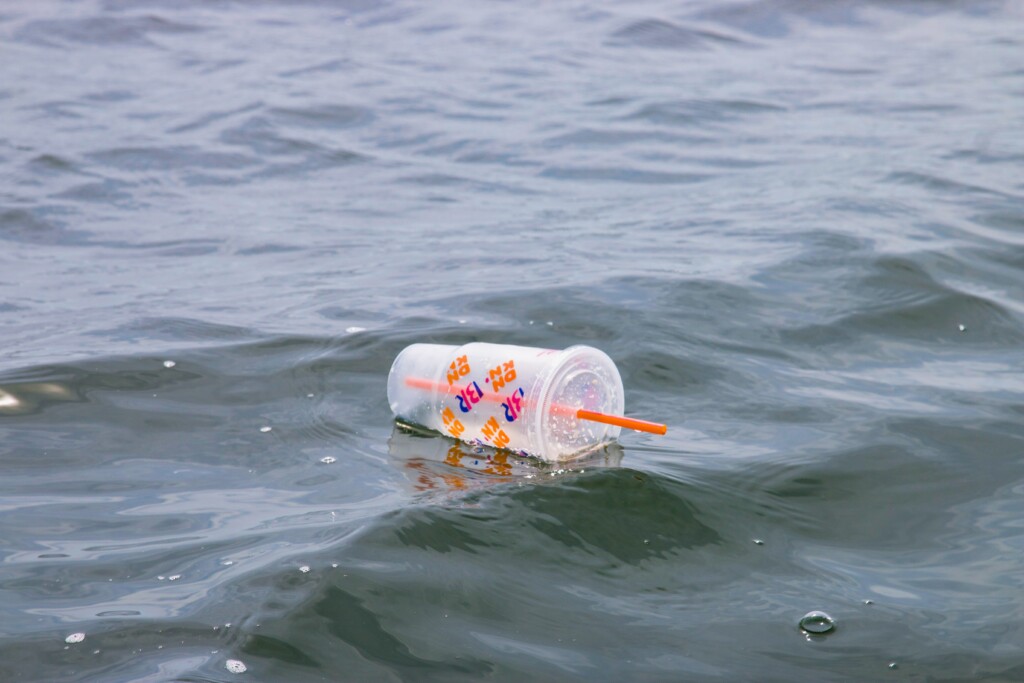
Imagine a world where every year, we produce over 300 million tons of plastic – that’s roughly equivalent to the weight of the entire human population! This mind-boggling amount of plastic highlights a significant issue facing our planet. According to a report by the United Nations Environment Programme, this massive production has escalated dramatically over the past 50 years, growing twenty-fold since the 1960s. The impact? A considerable portion of this plastic ends up in our oceans, contributing to the alarming problem of marine pollution.
What’s more, the World Economic Forum warns that if we continue on this trajectory, by 2050 the oceans could contain more plastics than fish, measured by weight. This isn’t just a problem for marine life; it affects us too. The National Geographic Society points out that microplastics from these waste products are now found in our food chain, having unknown effects on our health.
But why so much plastic? It’s convenient, versatile, and cheap to produce. Plastic has become ingrained in our daily lives, from packaging to products. The challenge now lies in balancing the benefits of plastic with the urgent need to reduce its environmental footprint. We’re at a critical juncture where understanding the scale of production is the first step towards a solution. It’s time we rethink our relationship with plastic – for the sake of our planet and future generations.
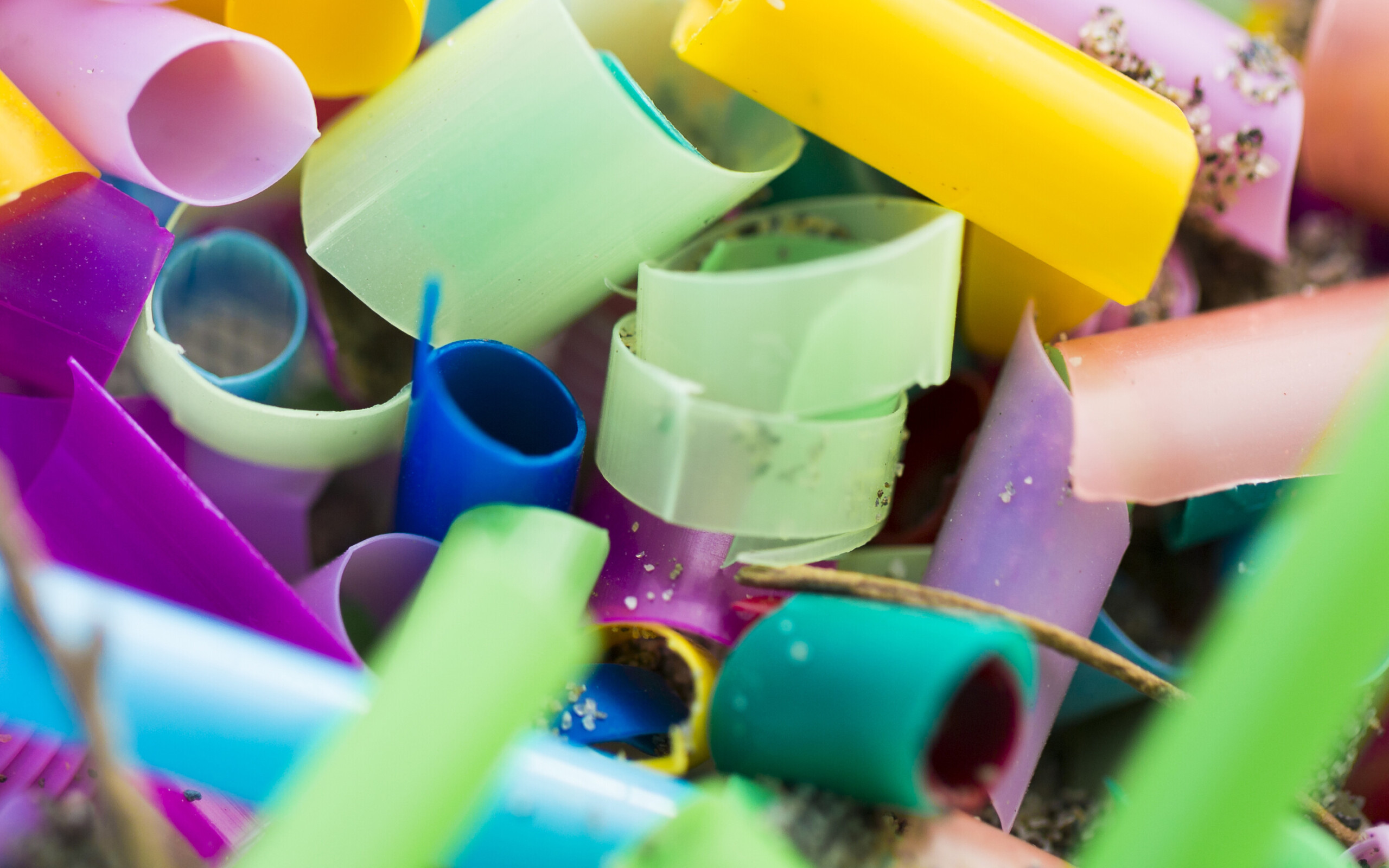
Did you know that every year, we use a staggering five trillion single-use plastic bags globally? That’s such a huge number, it’s almost hard to grasp. To put it in perspective, if you were to tie these bags together, they would wrap around the Earth over seven times each day! This statistic, as reported by the United Nations, underscores the immense scale of our reliance on these seemingly inconsequential items.
But here’s the kicker: these bags have a very short usage lifespan. The average use time of a plastic bag is only about 12 minutes, according to the Center for Biological Diversity. Yet, they can take up to 1,000 years to decompose in the environment. That’s generations of impact from a quick trip to the grocery store.
Moreover, as per the Ocean Conservancy, these bags contribute significantly to ocean pollution. Turtles, whales, and seabirds often mistake them for food, leading to fatal blockages. In our own urban environments, these bags clog storm drains and can cause flooding.
Five trillion bags a year isn’t just an environmental issue; it’s a wake-up call for humanity. It’s time to rethink our habits and the impact of our throwaway culture on the planet’s future.
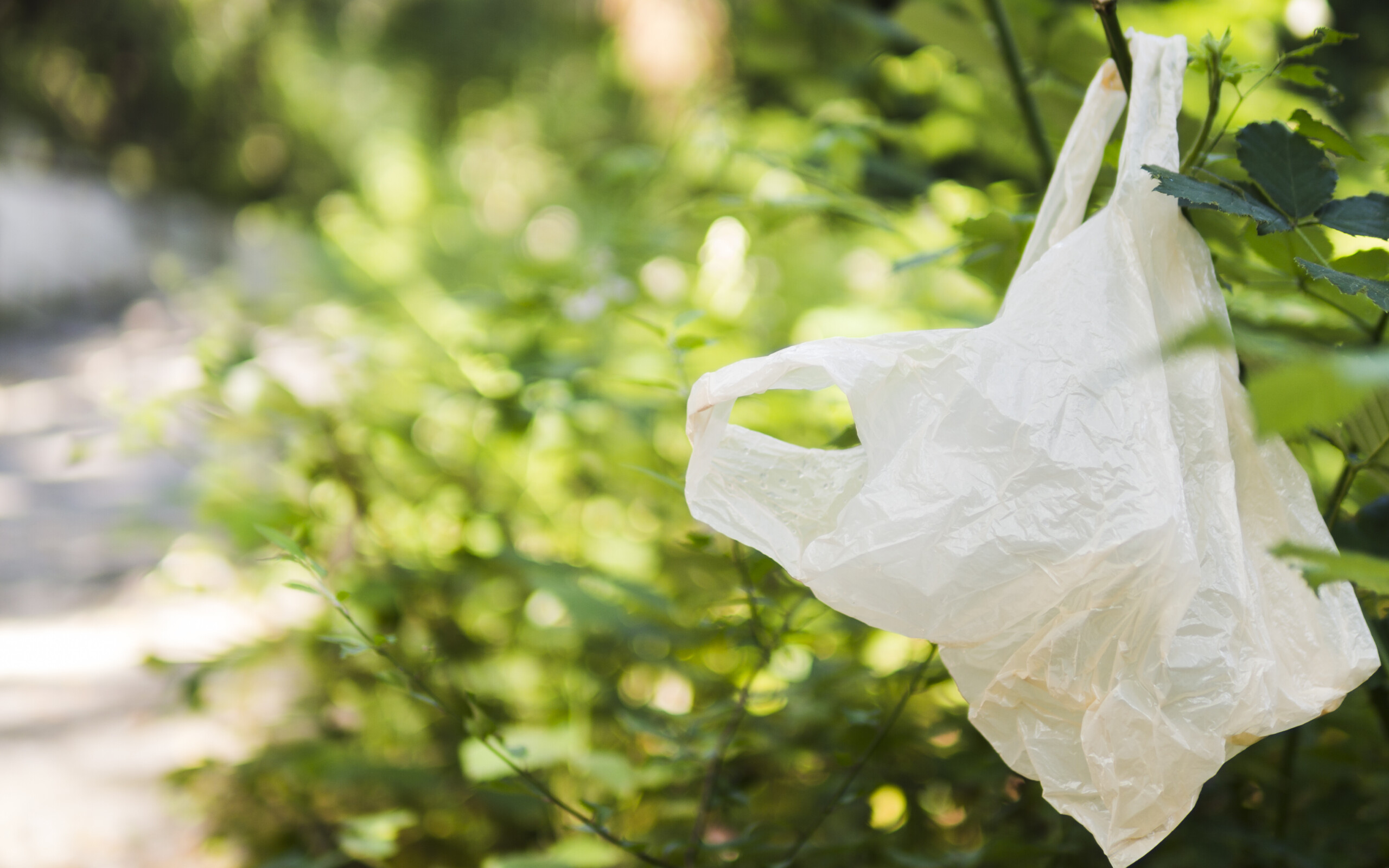
Picture this: every single minute, more than one million plastic bottles are bought around the world. That’s a staggering 20,000 bottles per second! This fact, as highlighted by The Guardian based on a report from Euromonitor International, is a stark reminder of our heavy reliance on single-use plastics in daily life.
But what happens after that brief moment of use? Surprisingly, a significant portion of these bottles don’t get recycled. National Geographic reports that less than half of the bottles purchased each year are collected for recycling, and only 7% are turned into new bottles. The rest? They often end up in landfills, or worse, in our oceans, where they contribute to the growing crisis of marine plastic pollution.
These bottles take over 400 years to decompose, leaving a long-lasting impact on ecosystems. Birds, fish, and marine mammals often ingest these plastics, leading to serious health problems or even death.
This flood of plastic bottles isn’t just an environmental issue; it’s a call to action. It’s a reminder of the urgent need to shift towards more sustainable practices and to question our throwaway culture. Every bottle matters, and the choices we make today can help shape a cleaner, greener tomorrow.
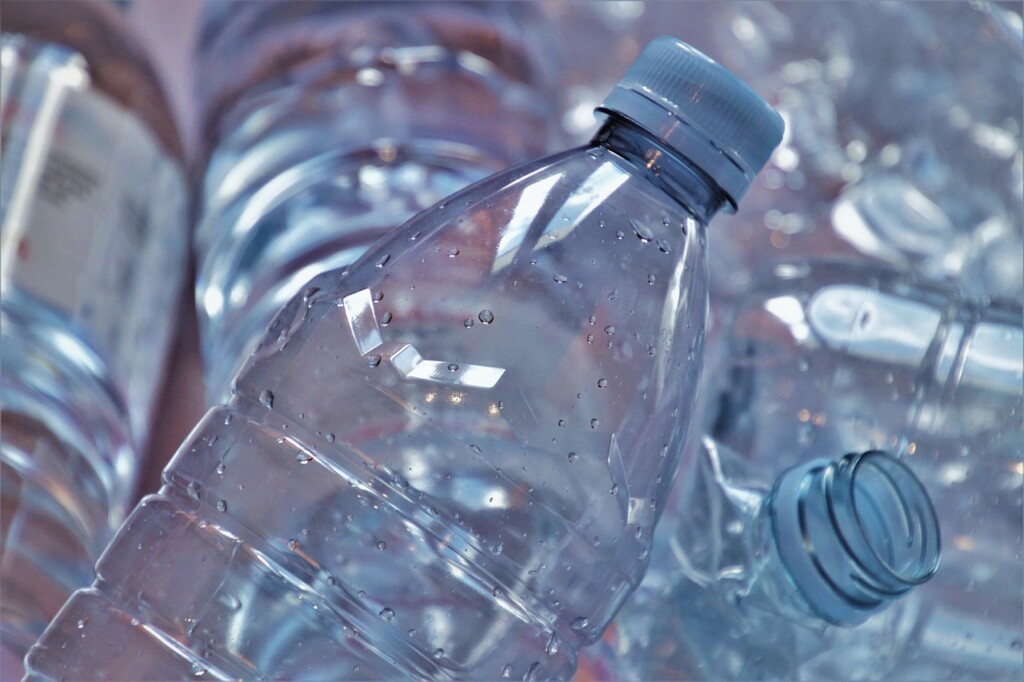
Each year, the world uses an astonishing 16 billion disposable coffee cups. This figure, highlighted by the Earth Day Network, represents a significant environmental challenge. These cups, often used momentarily for our coffee indulgence, have far-reaching impacts on our planet.
Contrary to what one might think, these aren’t just simple paper cups. Most are lined with plastic polyethylene to prevent leaks and retain heat, complicating their recyclability. According to the Journal of Cleaner Production, this plastic component can take up to 30 years to break down.
The resource implications are equally concerning. The production of these cups demands the cutting down of millions of trees annually, contributing to deforestation and habitat destruction, as pointed out by the World Wildlife Fund. Additionally, about 4 billion gallons of water are used every year in their production.
Thus, each disposable cup we use for our coffee contributes to a larger environmental footprint than we might realize. It’s a stark reminder of the need for sustainable practices in our daily lives. Adopting a habit of using reusable cups can significantly reduce this impact, offering a simple yet effective step towards a more sustainable future.

Over 500 million straws are used daily in the United States, a statistic that’s as startling as it is true. This number sheds light on the immense scale of straw usage in just one country. These seemingly innocuous items, often used for just a few minutes, contribute significantly to plastic pollution.
The issue with straws is not just their quantity but also their size and weight, which make them one of the least recycled plastic items. The Ocean Conservancy’s International Coastal Cleanup data reveals that straws are among the top ten items found during beach cleanups. Their small size allows them to easily slip through waterways, ending up in the ocean where they pose a threat to marine life.
This high usage of straws also speaks volumes about our ‘disposable culture’. A study in Science Advances highlights that the majority of plastics ever produced have not been recycled, and straws are a big part of this problem. They are designed for one-time use, and their disposal contributes to the ever-growing problem of plastic waste in our environment.
Addressing the straw issue is more than just reducing waste; it’s about rethinking our approach to single-use products. Alternatives like paper, bamboo, or metal straws are becoming more popular, signaling a shift towards more environmentally conscious choices. Each straw refused or replaced can be a small step towards a significant environmental change.
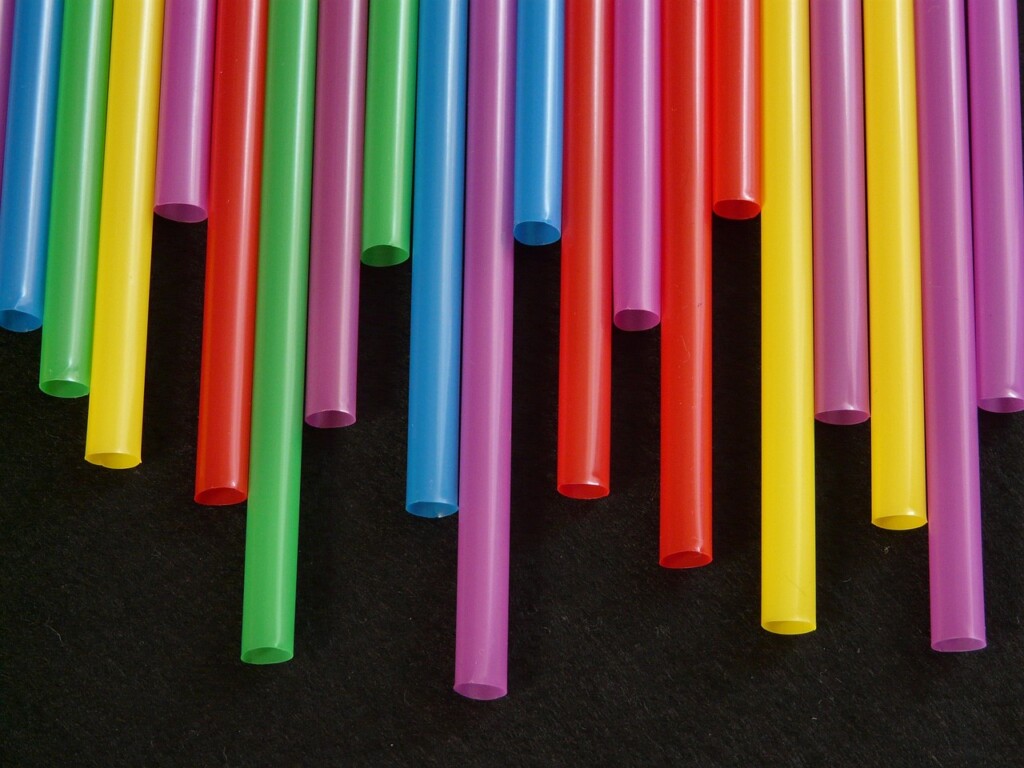
The world goes through an immense number of disposable diapers every year, with the count reaching around 450 billion. This fact brings to light a critical aspect of global waste management challenges. Diapers, essential for babies and toddlers, create a significant environmental footprint due to their high usage and the materials involved in their production.
Most disposable diapers are made with a mix of plastics, cotton, and super-absorbent polymers, materials that don’t degrade easily. As a result, they can take up to 500 years to decompose in landfills. The production of these diapers also demands substantial resources. For example, producing the pulp and paper used in diapers contributes to deforestation and requires vast amounts of water.
The impact of diaper use goes beyond just landfill space. The process of manufacturing and transporting these products generates greenhouse gases, contributing to climate change. With millions of babies worldwide, the need for diapers is undeniable, but this statistic underscores the urgency for more sustainable solutions. Innovative approaches, like biodegradable diapers or more efficient recycling methods, are becoming increasingly necessary to mitigate the environmental impact of such a widely used product.

Nearly half of the plastic produced globally is destined for single-use packaging, a significant portion of which encases our food. This statistic underscores a major driver of the world’s plastic crisis. The convenience of plastic packaging, especially for food products, is undeniable. It’s lightweight, durable, and keeps food fresh. However, the environmental cost of this convenience is substantial.
The issue with single-use plastic packaging is not just its sheer volume but also its lifespan. These plastics are typically used once and then discarded, ending up in landfills, oceans, or incinerators. The Ellen MacArthur Foundation reports that this cycle contributes significantly to the eight million metric tons of plastic entering our oceans annually. The impact on marine life is devastating, with numerous species ingesting or becoming entangled in plastic debris.
Moreover, the production and disposal of single-use plastics have broader environmental implications. They contribute to greenhouse gas emissions at every stage: from the extraction of raw materials to manufacturing, transportation, and waste management. This cycle perpetuates the challenge of climate change, as highlighted by the Environmental Protection Agency.
The reliance on single-use plastic packaging for food presents a paradox of prioritizing short-term convenience over long-term environmental health. This fact points to the need for systemic change in how we produce, use, and dispose of plastics. Innovations in packaging, increased recycling efforts, and consumer choices favoring sustainable options are crucial steps toward mitigating this global issue.
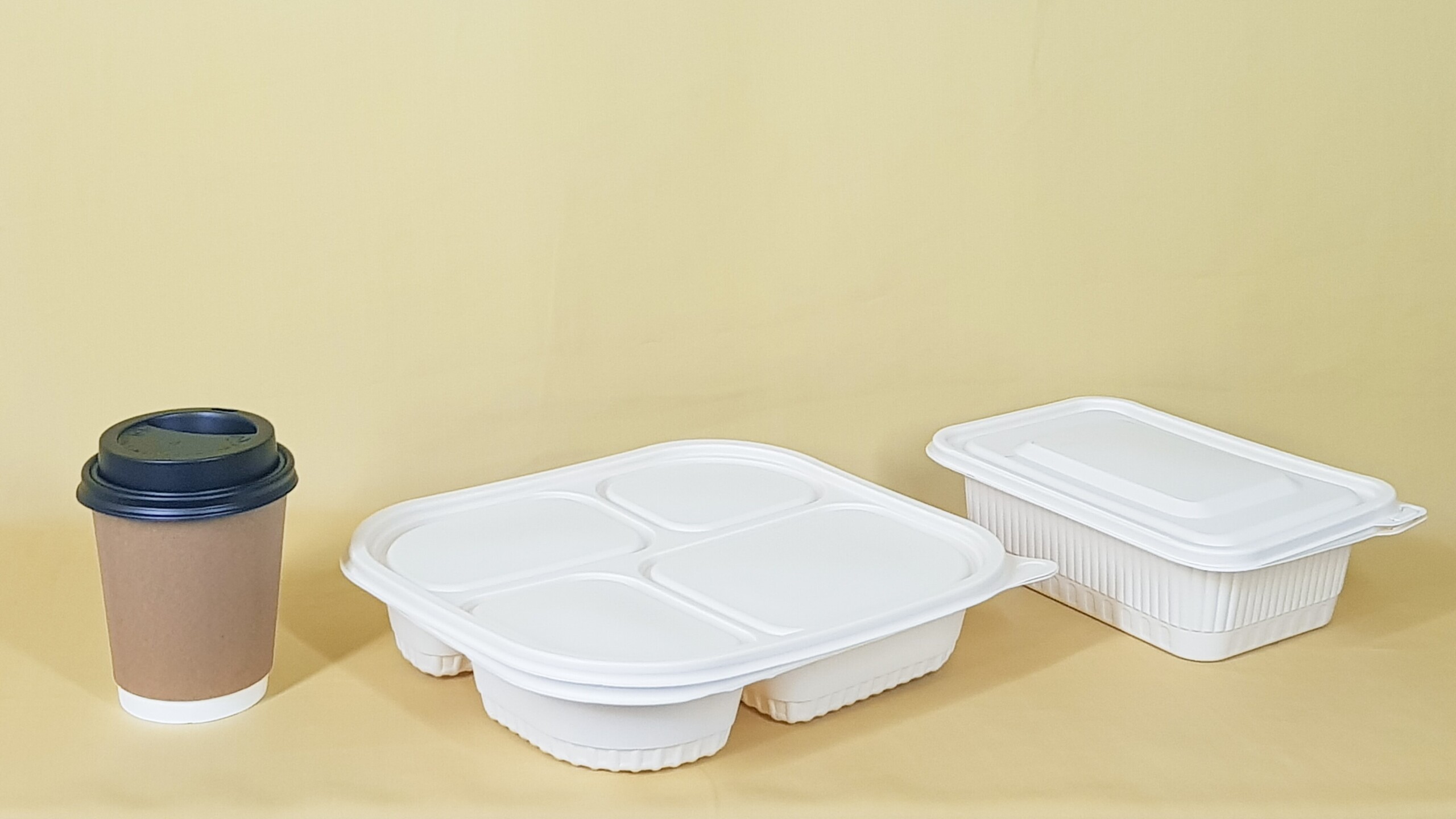
In the United States, only about 28% of plastic bottles are recycled, a figure that reflects a significant gap in our recycling efforts. This statistic, provided by the National Association for PET Container Resources, highlights a critical issue in the country’s approach to plastic waste management. Despite the widespread availability of recycling programs, a large majority of plastic bottles end up in landfills or the environment.
The reasons behind this low recycling rate are multifaceted. One factor is the complexity of the recycling process itself. Different types of plastics require different recycling methods, and not all recycling facilities are equipped to handle every kind. Moreover, consumer confusion about what can and cannot be recycled plays a role. Inconsistent labeling and varied municipal recycling rules often lead to recyclable materials being improperly sorted or contaminated, rendering them unfit for recycling.
The environmental impact of this low recycling rate is substantial. Unrecycled plastic bottles contribute to the mounting problem of plastic pollution, affecting wildlife and ecosystems, especially marine environments. These plastics, when not recycled, take hundreds of years to decompose, releasing harmful chemicals into the soil and waterways.
This statistic serves as a wake-up call for more effective recycling practices and policies in the U.S. It underscores the need for better recycling infrastructure, clearer guidelines for consumers, and a stronger emphasis on the importance of recycling in protecting the environment. By increasing our recycling rate, we can significantly reduce the environmental footprint of plastic waste.
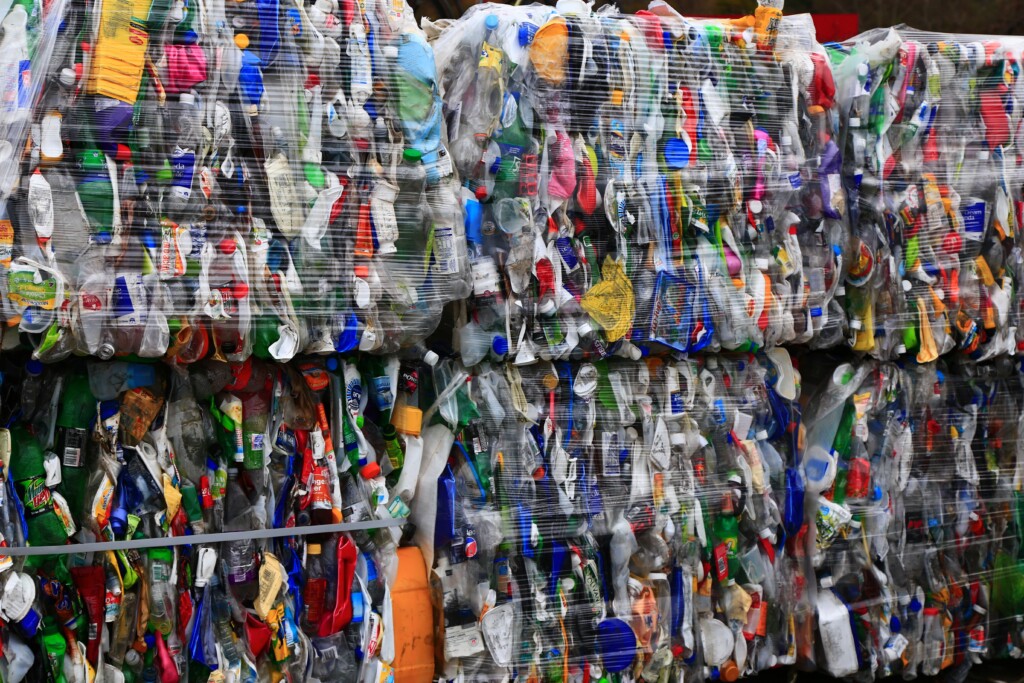
Millions of plastic utensils are discarded daily, a seemingly small habit that accumulates into a significant environmental problem. These utensils, typically used once and then thrown away, contribute to the vast amount of single-use plastic waste. While they offer convenience, their impact is far-reaching and long-lasting, particularly in our oceans.
A notable report by the Ocean Conservancy highlights how these utensils end up as marine debris, threatening aquatic life and ecosystems. The issue isn’t just their quantity, but their persistence. Plastics degrade very slowly, breaking down into microplastics that continue to pollute the environment for centuries.
This situation is a stark reminder of the consequences of our disposable culture. Every plastic fork, knife, or spoon used briefly at a meal contributes to a much larger global issue. The shift towards sustainable alternatives, like biodegradable or reusable utensils, is more than a trend—it’s a necessary step in reducing our environmental footprint and protecting our oceans. Small changes in daily habits, like choosing to carry a reusable utensil set, can make a significant difference in the fight against plastic pollution.
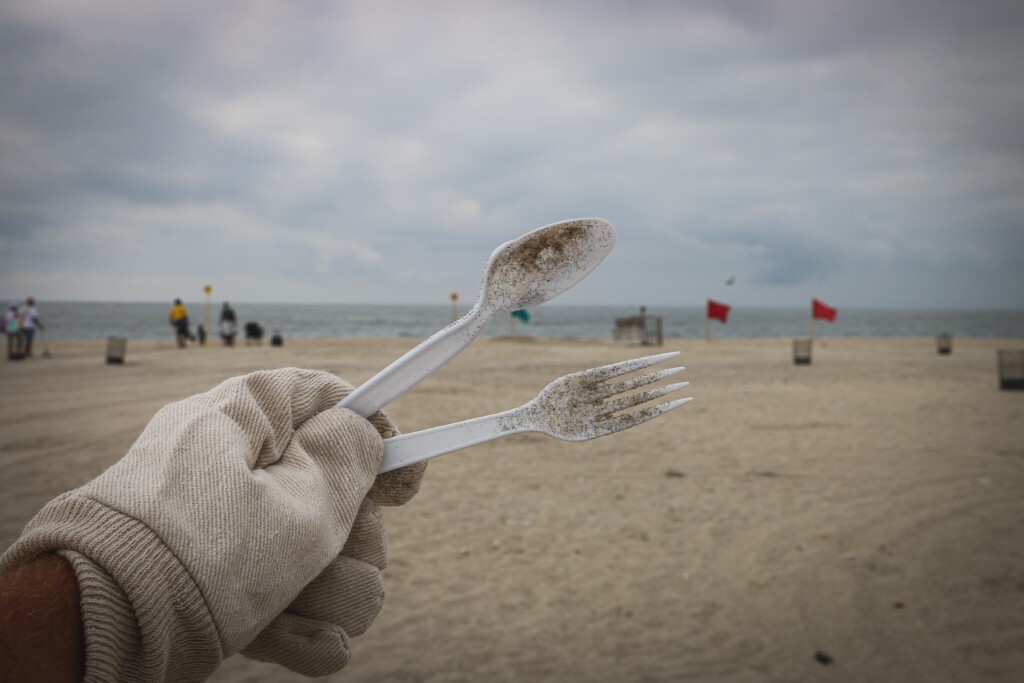
The United States alone sees over 2 billion disposable razors thrown away each year, a figure that highlights a significant waste problem. These razors, a staple in many personal care routines, are designed for convenience but come at a high environmental cost. Made of a mix of plastic and metal, they are difficult to recycle, leading most to end up in landfills.
This vast number of discarded razors contributes to the growing issue of plastic pollution. Unlike some other plastics, razors aren’t just a single material; they’re a composite of plastic and metal, making them a recycling challenge. As a result, they often don’t make it into the recycling stream, adding to the enormous amounts of waste we generate each year.
The impact of this waste is not just on land. Plastics from razors can break down into smaller pieces, contributing to the problem of microplastics, which find their way into our water systems and even our food chain.
This situation calls for a rethink in our consumption habits. Opting for more sustainable options, like reusable razors, can significantly reduce this waste. It’s a small shift in personal habits that can have a profound impact on reducing the environmental burden of our grooming routines.

The global movement against single-use plastic waste has gained significant momentum, with more than 60 countries introducing bans and levies to address this pressing issue. These measures are a response to the growing awareness of the environmental impact of single-use plastics, which are often used for just a few minutes but can persist in the environment for hundreds of years.
Countries are taking varied approaches to tackle the problem. For instance, Kenya has implemented one of the world’s strictest bans on plastic bags, imposing hefty fines and even jail time for violations. The European Union has adopted a directive to ban single-use plastic items, such as straws, cutlery, and plates, by 2021. Meanwhile, countries like Canada are moving towards a comprehensive ban on harmful single-use plastics.
These initiatives reflect a growing global consensus on the need to reduce plastic pollution. Bans and levies are not just about eliminating certain products; they are part of a broader strategy to encourage sustainable practices and shift consumer behavior towards reusable and recyclable options.
This shift is crucial, considering the United Nations Environment Programme’s finding that around 300 million tons of plastic waste are produced each year. By implementing these policies, countries are taking vital steps to mitigate the environmental impact of plastic waste, protect marine life, and reduce the burden on landfills. This collective action represents a significant stride towards a more sustainable future, highlighting the power of policy in driving environmental change.
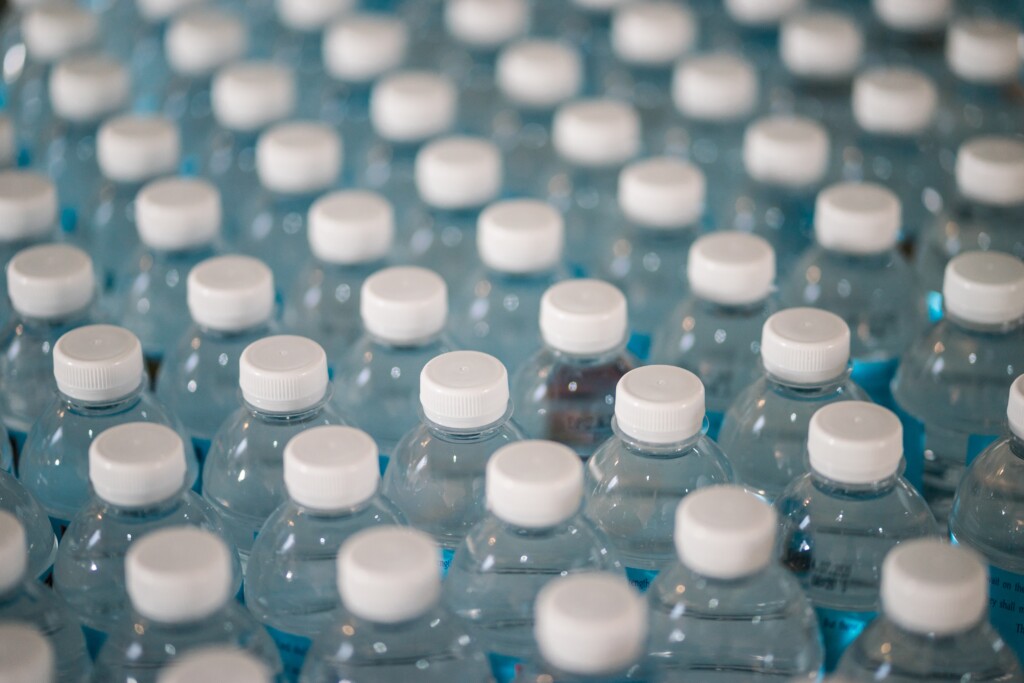
The common wet wipe, a staple in many households for its convenience, hides a less known fact: over 90% of them contain plastic. This seemingly innocuous product is a significant contributor to environmental issues, particularly in urban sewer systems. The plastic in these wipes prevents them from breaking down easily after disposal. When flushed down toilets, they combine with fats and other waste to create massive blockages in sewer systems, often referred to as ‘fatbergs’.
Municipalities and water companies spend millions each year addressing these blockages. For instance, Thames Water, the UK’s biggest water and wastewater service, reports spending around £18 million annually clearing blockages, many of which are caused by wet wipes. These blockages not only strain public resources but also pose a risk of sewer overflows, potentially leading to environmental contamination.
This issue points to a larger problem of how everyday products are designed and disposed of. With the increasing awareness of the environmental impact of such products, there is a growing call for manufacturers to develop biodegradable alternatives and for consumers to dispose of wipes responsibly. Reducing the use of plastic-containing wipes is a small yet significant step towards a more sustainable and environmentally friendly lifestyle.
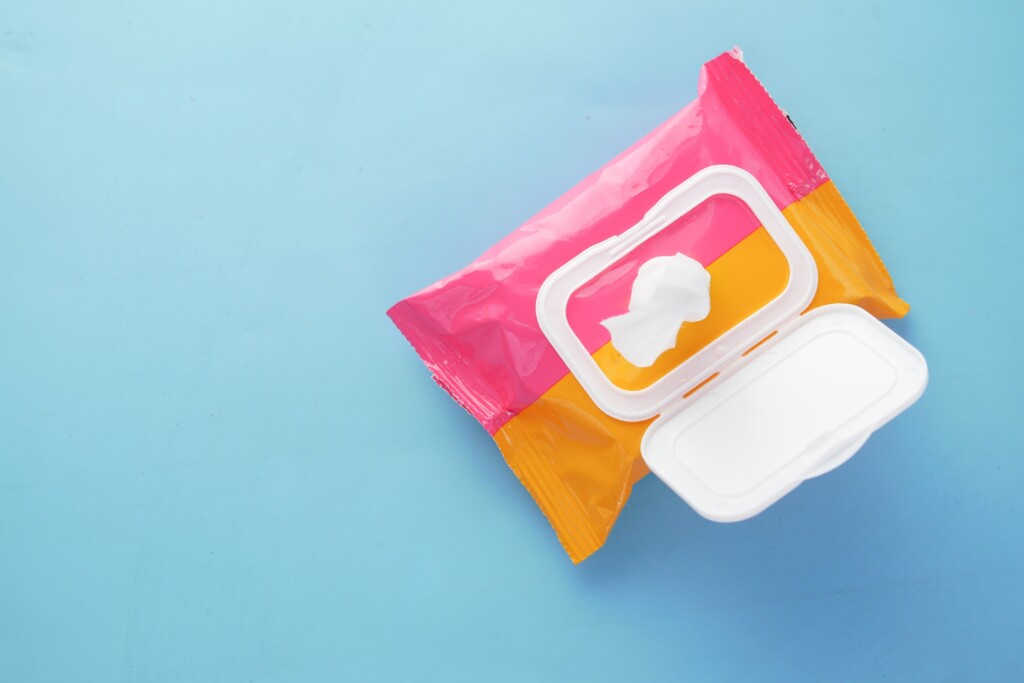
As we reach the conclusion of our exploration into the world of single-use plastics, the insights gained are both eye-opening and concerning. We’ve discovered that vast quantities of plastic products, from the billions of disposable coffee cups and plastic bags to the millions of straws and disposable razors, are used briefly but have long-lasting environmental impacts. The presence of plastics in unexpected places, like human breast milk, highlights the pervasive nature of this issue.
As readers and global citizens, our call to action is clear: we must shift towards more sustainable habits. Opting for reusable items, supporting policies that limit single-use plastics, and being mindful of our daily plastic consumption are steps we can all take. By making conscious choices, we can collectively contribute to a cleaner, healthier planet. Let’s not underestimate the power of individual actions in driving broader environmental change. Together, we can make a significant impact in reducing our plastic footprint.
Stay a while and read more posts like this
Let’s devote a few minutes to envision our world in 2100. It’s quite a thought experiment, given the dramatic transformations our planet has experienced in...
With climate change looming large, the world is embarking on a quest for solutions to heal our ailing planet. Solar geoengineering emerges as a burgeoning field,...
Taking on parenthood comes with unique choices that factor in more than just our family’s immediate needs. For modern parents, who are not just guardians of...